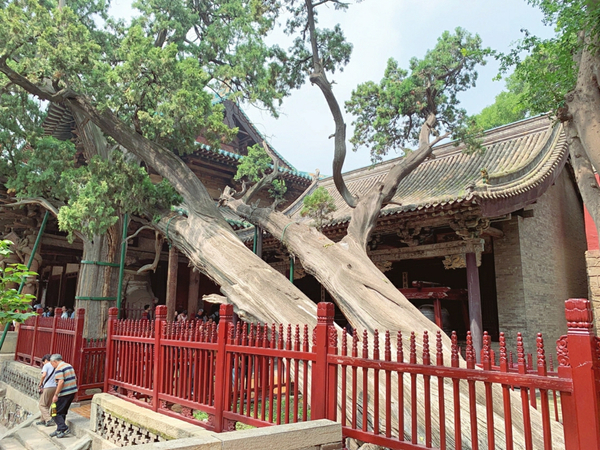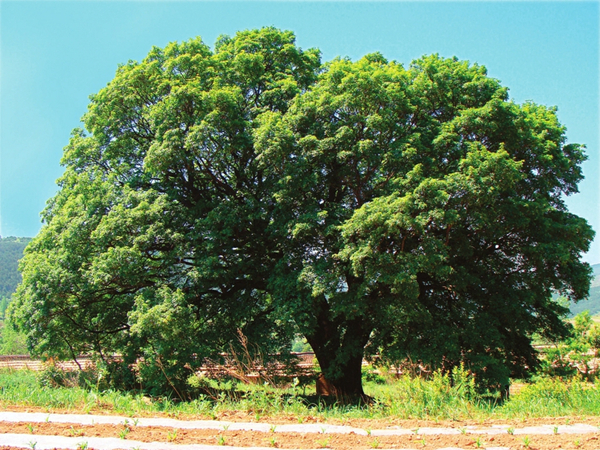Shanxi protects ancient, precious trees
Updated: 2023-12-07

A 3,000-year-old cypress in Jinci Temple, Taiyuan city. [Photo/Shanxi Daily]
North China's Shanxi province has prioritized the protection of ancient and precious trees in accordance with local conditions for decades.
Every five years, the province conducts a survey, numbering and documenting them, and strengthens inspections of their growth conditions to promptly and effectively address any problems they may have encountered.
According to the latest survey, there are 102,200 ancient and precious trees in the province.
To protect them, Shanxi has formulated and implemented a number of local standards, establishing a standard system for their protection.
In response to the difficulties of scattered distribution and management, it has required the implementation of protection and restoration measures for these trees and their natural habitats, strictly enforcing local management requirements, and resolutely halting any changes or destruction of their original environment.
Since 2009, the province has launched a provincial-level project for their protection, using methods such as installing lightning rods, fences, supports, and soil replacement to rescue them based on their different growth conditions.

A 500-year-old purpleblow maple tree in Shentangyu village, Heshun county. [Photo/Shanxi Daily]
The province has invested over 20 million yuan ($2.8 million) from the provincial budget since 2016 to protect and preserve the natural habitats of more than 4,000 ancient and precious trees.
It has also formed an expert database and a team of local experts to provide regular training for cadres and workers engaged in the protection of the trees, developed new technologies for their protection, and obtained seven related national patents as well as a range of new technologies used throughout the province.
A compensation mechanism for these trees has been established in the province to determine the principles, beneficiaries, standards, scope, and methods of compensation for tree damage or death caused by natural disasters or pests.
In addition, Shanxi has encouraged social institutions and individuals to participate in the protection through donation and funding.
According to Li Jun, director of the ecological protection and restoration division at the Shanxi Forestry and Grassland Bureau, Shanxi will further explore these trees' ecological, cultural, and tourism value, and create a harmonious ecosystem by fully implementing optimized measures according to the above-mentioned aspects.



